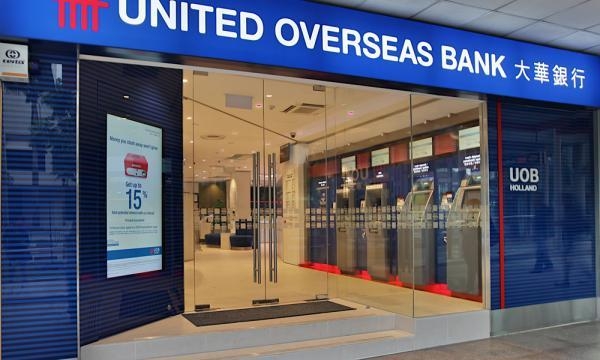
Big three banks fell in Q1 as pandemic persists
Compressed net interest margin and rise in non-performing loans are to be expected, according to analysts.
All of Singapore’s big three banks have reported a plunge in their Q1 net profits as the COVID-19 pandemic continues to force their hands into allocating more cash to curb its impact and weighs on their clients’ financial power. This was led by OCBC which saw its profit plummet by nearly half (43% YoY) to $698m.
OCBC blames the profit drop to the 94% crash in its insurance contributions as operating profit growth “was offset by unrealised mark-to-market losses”, stated its bourse filing. ts banking operations’ profit also fell 28% as income growth was offset by increased allowances.
Coming in second place is DBS, which saw its net profit slump 29% to $1.17b after allocating $700m against greater risks that may arise from the pandemic. The charge is said to have triggered a 29% increase in general allowance to $3.23b to bolster the balance sheet.
Its net interest margin (NIM) ended at 1.86% in Q1, lower than the 1.88% posted in Q1 2019. In an analyst note by CGS-CIMB, DBS’ NIM is going to be further compressed due to the March 2020 US Fed rate cuts and faltering fee income from slowing market activity due to COVID-19.
Moreover, DBS also revealed that two-thirds of its 99bp credit costs ($1.09b) were preemptive macro overlays for Covid-19. Over half of the 35bp share price ($383m) were due to loans to an oil & gas (O&G) trader classified as non-performing loans (NPLs).
“More charges are likely as investigations are still ongoing. DBS indicated that $46b worth of corporate loans (12% of loans) will be directly impacted by the pandemic-driven slowdown; 20% of these are under close monitoring. O&G exposures rose to $23b (6% of loans) from $17b in Q3 2017 as DBS remains supportive of oil majors, state-owned enterprises, and those with solid operating metrics, although it expects further impairments from its $1b portfolio of performing offshore support vessels,” said Andrea Choong, analyst at CGS-CIMB.
Another possible drag for the bank will be that credit charges may remain elevated up to 2023 and NPLs to rise to nearly 3% (vs.1.6% now) as the pandemic works its way through, Maybank stated in a separate report
However, its high levels of collaterals, existing provisions and government support programmes should provide some relief. “DBS’ diversified geographic exposure, high quality client franchise, competitive funding and strong technology infrastructure should provide some cushioning in the near term, whilst also affording long-term structural advantages for market share gains,” Maybank added.
Lastly, UOB has the most relaxed drop in profit of the big three at 19% YoY to $855m, which was blamed on total impairment charges that surged 96% QoQ from $146m in Q4 2019. Similar to DBS, they’ve also set aside an additional $546m through impairment charge and Regulatory Loss Allowance Reserve (RLAR).
But just as with DBS, analysts are predicting that the NIM may get narrower for UOB due to tighter USD funding conditions, lower benchmark rates, and an expansion of higher quality (lower yielding) short-term loans. But this could be partly offset by a reduction in deposit risk premiums should alleviate funding costs as Fed rate cuts filter through, Choong said in a separate report.
Further, UOB reported a whopping 206% non-performing assets (NPA) coverage after taking collaterals into account. Choong stated that the pressure on asset quality is likely to stem from its portfolio of SMEs (accounting for 15% of loans), as a result of excessive leverage. “We raise FY21F impairments to reflect this and expect 58/50bp credit costs in FY20/21F,” she added.
Wealth management fees and credit card income may see weakness going forward, but there is some room for opex control from variable staff compensation. The bank sees 44-45% CTI in FY20F as a reasonable target.
However, Maybank noted that UOB’s loans rose 3% YoY supported by its Southeast and North Asian operations. “The mix of China opening up from Covid-19 lockdowns and aggressive government measures to keep liquidity flowing may provide upside support for loan growth going forward,” it said.
Similarly, increasing low-cost deposits and USD liquidity (62% 2019 LD ratio) is projected to support market share opportunities regionally as well as better pricing power.
























 Advertise
Advertise









